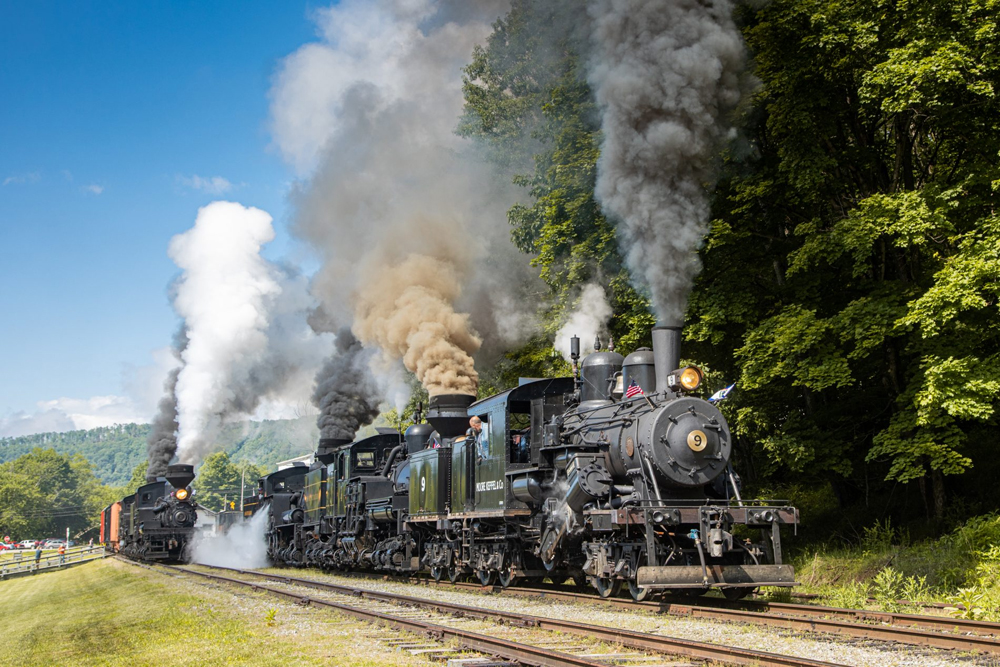
Compared to their traditional reciprocating rod-driven counterparts, geared steam locomotives can be seen as “oddballs” to the casual eye. They certainly fit that bill with their unique styles of running gear consisting of cylinders positioned at different angles and connected to the drive shaft through a series of gears to ultimately power every wheel on the short trucks. But as the saying goes: Don’t judge a book by its cover.
This strange cosmetic feature of geared locomotives made them shine mechanically when it came to working in the rugged backwoods environment of the logging industry, coal mines, and occasional short lines. It was a world where the tracks were mostly laid down both temporarily and in earnest to haul out the timber, coal, and other traffic. The high iron itself was usually multiple ribbons of steep grades, tight curves, and light track. This type of infrastructure wasn’t ideal for most rod locomotives with a long wheelbase. But geared engines — small, lean, flexible, and powerful (despite their low speed) —were right at home.
These machines’ genesis began in the 1870s with Ephraim Shay. A Michigan lumberman, Shay recognized that reciprocating rods and big driving wheels weren’t very effective negotiating the extreme twists and turns of the light track in logging. Believing that part of the solution was to have a locomotive with power-driven trucks that would pivot like a freight car, Shay designed a prototype and later commissioned Ohio’s Lima Locomotive Works to build what would become the first geared steam locomotive.
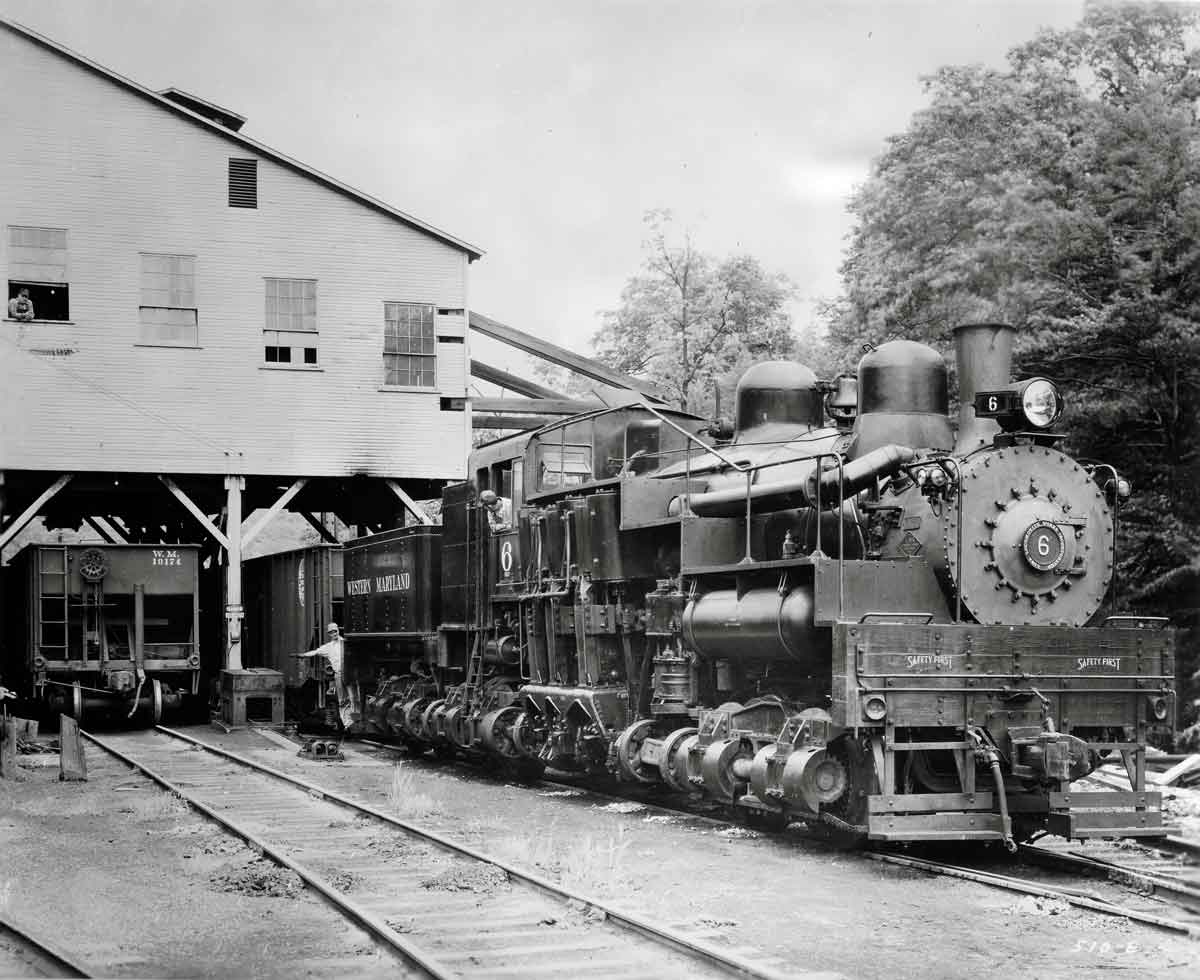
As described by future Editor Jim Wrinn in the May 1996 issue of Trains, the first Shay-type rolled out in 1878 as a flat car with two four-wheel trucks, an upright boiler, and two vertical cylinders. “The cylinders drove a longitudinal shaft that drove the axles through bevel gears to reduce speed and increase torque.” Over time, the design was fine-tuned with the horizontal boiler iconically positioned on the left side of the frame to offset the weight of the cylinders and gearboxes on the right.
Another key player in the Shay’s evolution was the Willamette Iron & Steel Works of Portland, Ore. In the early 1920s, this producer of logging equipment tapped into Lima’s expiring patents and the overall concept of its general designs. The end result was a “Shay-inspired” locomotive called the Willamette that came with significant improvements, such as superheaters and steel trucks. Only 33 were built. Lima responded in 1926 with the Pacific Coast Shay, which incorporated the improvements from the Willamettes, but were standardized.
Through 1945, Lima constructed 2,770 Shay locomotives, achieving their common use and popularity based on quality and durability. But it would be remiss not to give recognition to two other builders of geared engines: Climax and Heisler.
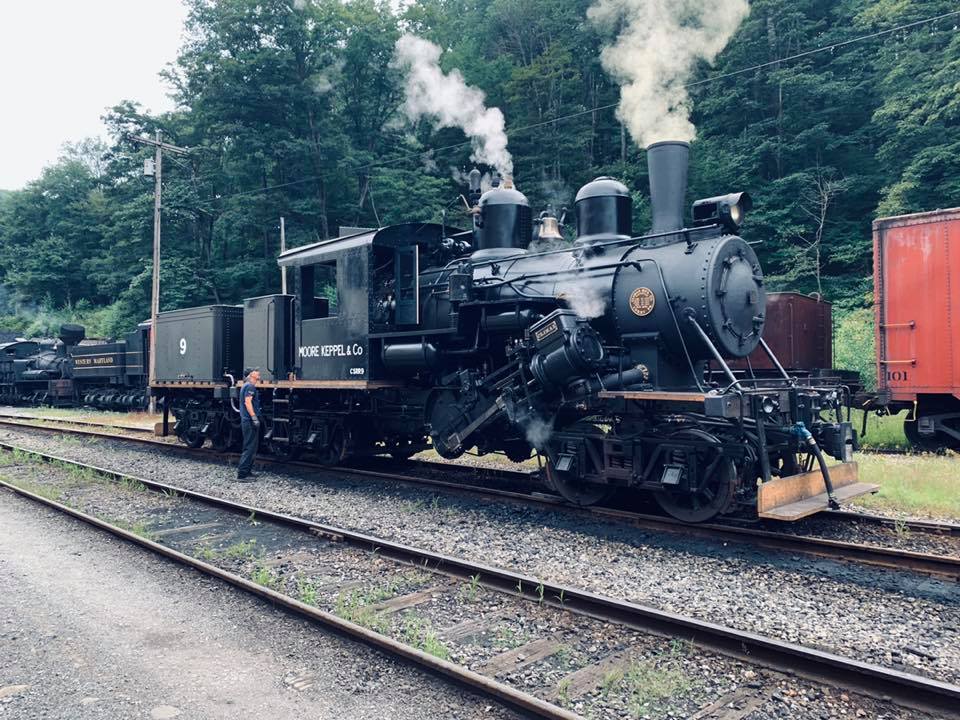
The Climax Manufacturing Co., in Corry Pa., in 1888 took a different approach when designing its own geared locomotive. The Climax-type’s boiler remained centered with two cylinders on each side. However, the cylinders themselves were mounted on an incline and connected to a traverse shaft geared to the central drive shaft for the axles to be powered. By the time manufacturing ceased in 1928, Climax had constructed 1,100 of these engines.
Roughly 30 miles to the northwest, in Erie, Pa., the Heisler Locomotive Works in 1891 decided to try its luck with geared locomotives. The appropriately named Heislers had a V-mount for the cylinders on each side of the locomotive and under the boiler. They would directly power a central drive shaft from under the frame to turn only the trucks’ outer axle; side rods then connected the outer and inner wheels. Production concluded in 1941, Heisler Works only mustered roughly 600 of its namesake machines.
Of the three main types, the grand total of geared steam locomotives built in the U.S. topped out at around 4,500. Despite being a niche breed, they held on until the end of the steam era. Shay No. 1925 of North Carolina’s Graham County Railroad even lasted until 1970, touted as one of the last steam locomotives to be retired from regular service.
A healthy dose of Shay, Climax, and Heislers survive today in the preservation world. For those still in operation for museums and tourist railroads, some retain their original purpose of tackling the rugged backwoods to the delight of visitors and passengers. From West Virginia’s Appalachians to California’s Redwood forests, they still make an impressive sight.
To find geared steam locomotives that still operate, check out the Great American Steam Locomotives: Logging and Geared Locomotives DVD from Trains.






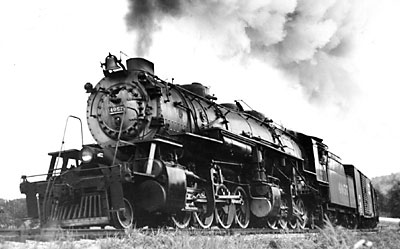
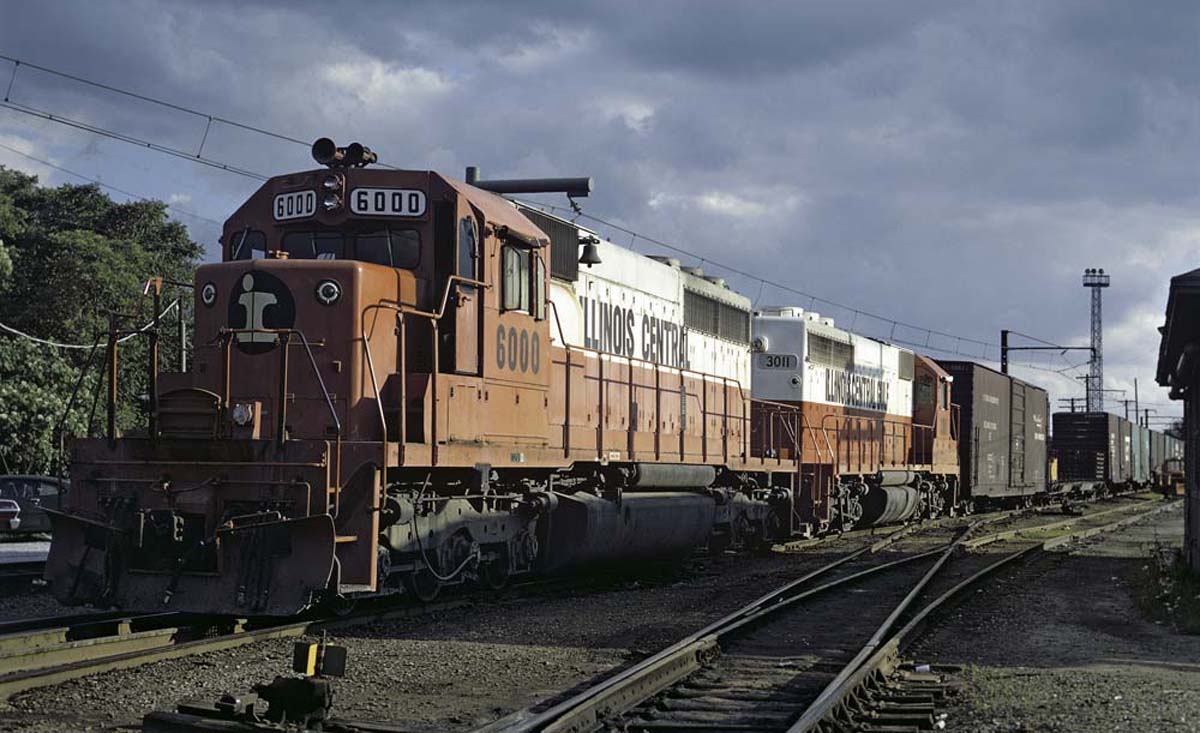
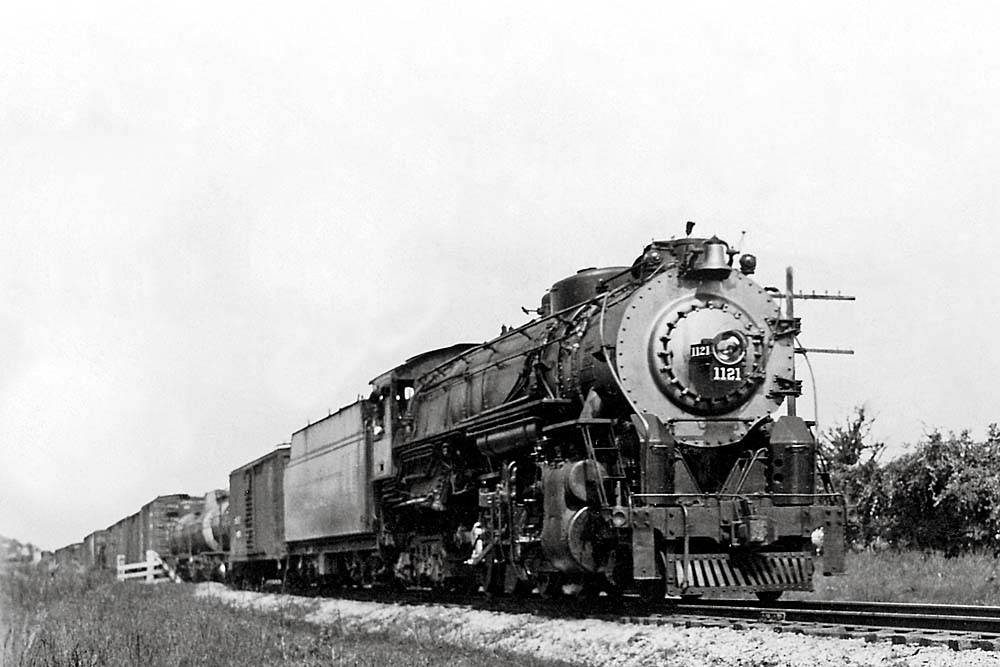
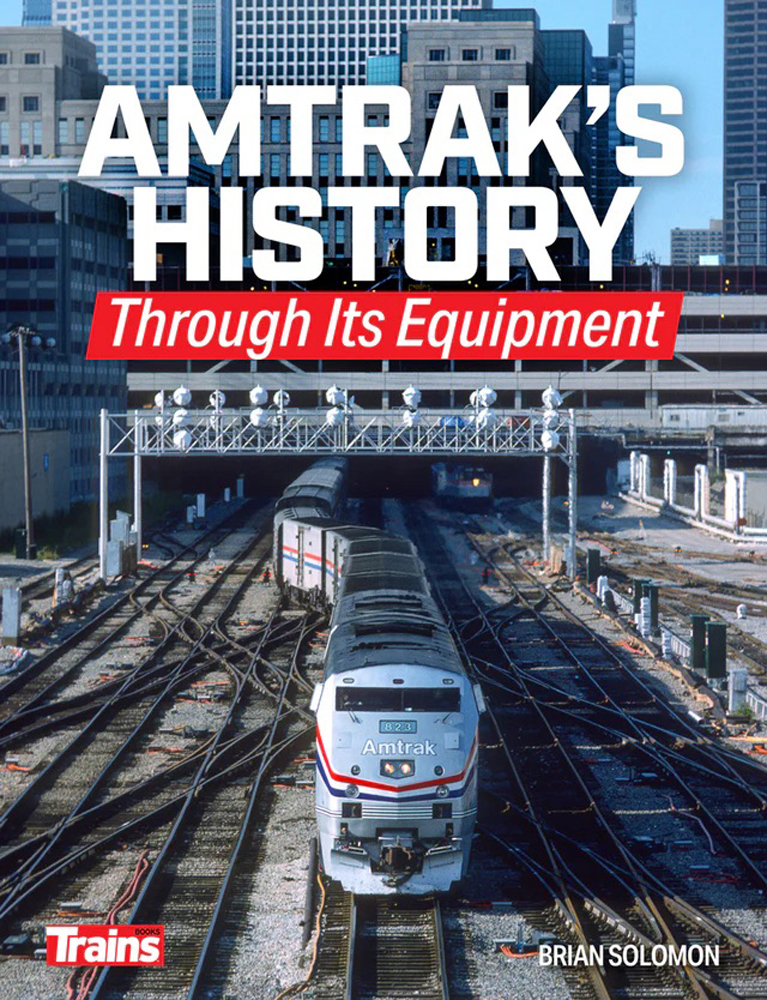

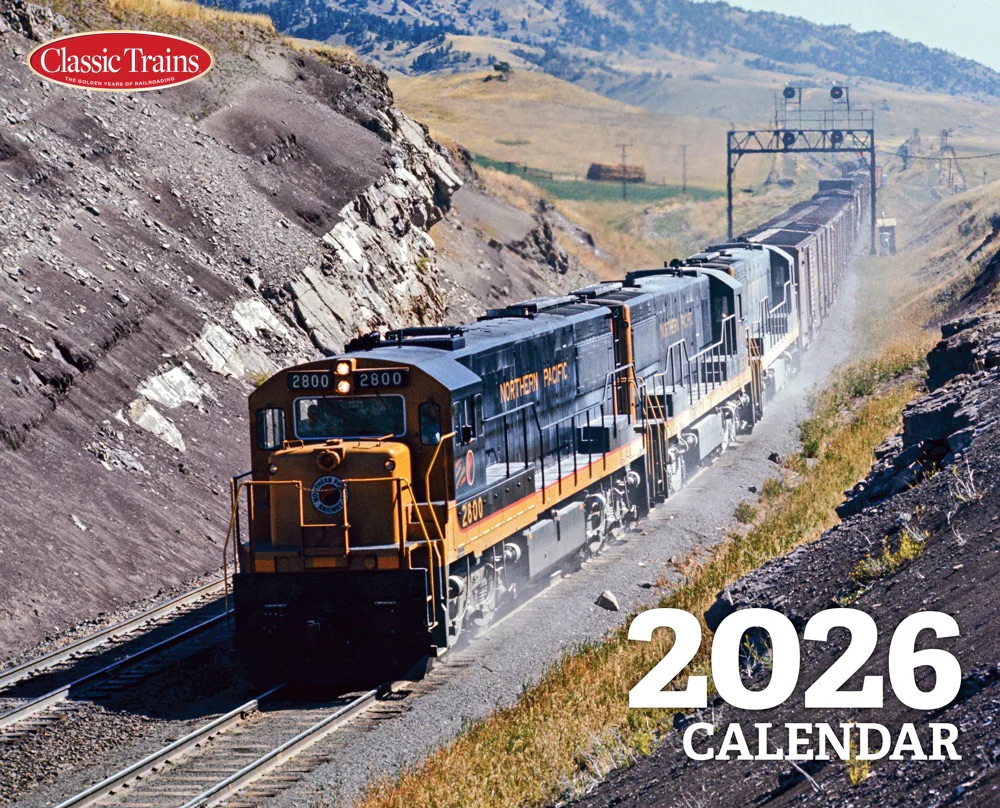
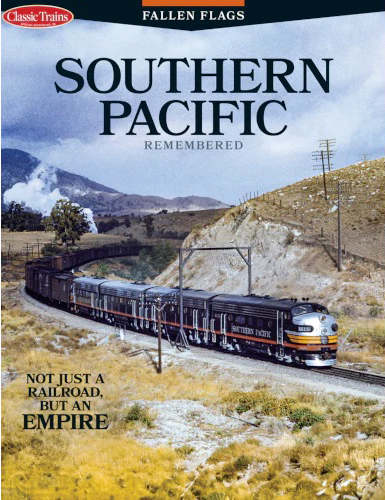
I’ve ridden the Georgetown Loop railroad several times. Their 4 cylinder three truck Shay sounds like it is going 100 miles an hour but tops out at about 15-20 mph. Beginning in the town of Silver Plume, It takes some pretty sharp curves and also transverses the loops very high single track bridge, Devil’s Gate Bridge, in Georgetown which takes the breath right out of you as you go over it but can’t see the rails from the cars underneath you. It senses as if you are flying above the gorge. It is only a four mile round trip. that also includes a silver mine tour. We were able to gain a short ride on the engine move to begin the next run. That was quite enjoyable AND LOUD. They also have some short wheel base inside side and outside rod steamers when the Shay is down for maintenance.
The link below shows a train going over the high Devil’s Gate Bridge…
http://www.georgetownlooprr.com/georgetown-loop-railroad-photo-and-video-galleries
The link below shows a train going over the high Devil’s Gate Bridge…scary!
georgetownlooprr.com/georgetown-loop-railroad-photo-and-video-galleries